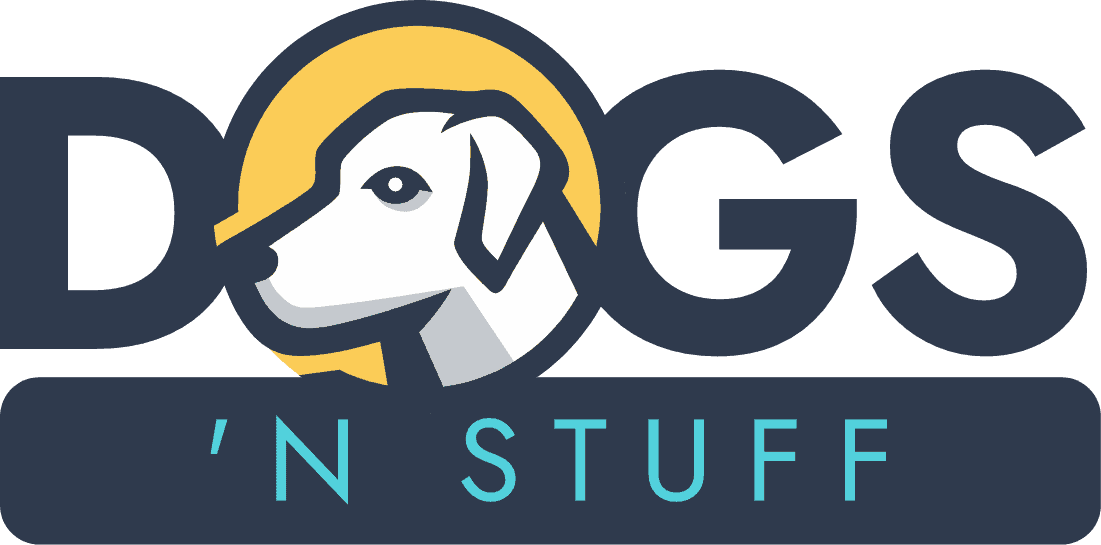Just like humans, dogs can also suffer from anxiety.
We look to reduce stress and anxiety by undertaking positive activities and avoiding certain situations, and we can help reduce our pet’s anxiety by doing similar things.
Table of Contents
Subtle signs your dog is stressed
As dogs cannot describe in words what is bothering them, they display other behaviors to communicate how they feel.
These signs can be quite subtle, so it’s helpful to know what to look out for.
Pooches that are feeling anxious will often avoid making eye contact and may turn their head away from you. They may also frequently lick their lips.
Yawning is also another sign to watch out for; you may just think your dog is tired, but prolonged yawning is often a key indicator that your dog has increasingly elevated levels of anxiety.
Fears and Phobias
The most common phobias affecting dogs are related to noises.
Sometimes a single event that has frightened a dog can develop into a persistent fear known as a phobia. Related events can act as triggers.
For example, loud banging noises may frighten a dog who has a phobia of storms.
Keep calm and carry on
Dogs are extremely sensitive animals and often reflect how their handlers are feeling.
Try to remain calm when dealing with your dog, especially when you are attempting to understand and help them overcome their feelings of stress.
Do not punish anxious behavior as this can make it much worse.
Operate on their level
By physically getting down to your dog’s level, for example by sitting on the floor near them, you can often alleviate their stress and help them feel supported.
To prevent your dog from feeling more threatened, try not to approach him head-on and don’t make direct eye contact or lean over his body.
Instead, approach him from the side and, if you need to touch him, move from under his belly, not over his back.
Speak in soothing tones
Speak to your pooch in a calm and soothing voice. Use an encouraging tone to ask him to come to you and, if he does, reward him with a treat.
When removing your dog from stressful situations, making sure not to raise your voice and keep to using a low tone.
When out and about
Keep your dog’s lead as loose as possible. A tight lead may increase his stress, as he’ll interpret this as a sign of your anxiety.
If your dog is anxious around other dogs, try to avoid restricted spaces where you may come across them.
If you do meet another dog, calmly lead your dog away to avoid a confrontation.
Distract your dog
You can also use distraction techniques, such as a fun game with lots of positive encouragement, or by giving them a treat; to take your pooches mind off a possible threat.
Diet and nutrition
If you have changed your brand of dog food, try switching back to the original type you were giving them.
It may be that there are certain ingredients that are not compatible with your pet’s constitution.
You could also try additive, all-natural dog food; incase they are having a reaction to something they are eating.
Keep a diary of your dog’s daily activities
Establishing a daily diary can help you identify what may be causing your dog to feel stressed and anxious.
A daily diary of your dog’s day to day life, can help you more easily spot changes to his routine that could be inducing anxiety.
It can also be helpful to show this diary to your dog’s regular vet.
Medical Reasons
A dog that is more vocal than usual, or a dog that begins to show symptoms such as hiding, trembling and being reluctant to undertake normal behaviors such as playing, could be displaying signs of a medical problem.
Excessive grooming and licking, as well as urinary incontinence, can also be symptoms of an illness or disease.
It is very important to rule out medical conditions because some symptoms of anxiety can be similar to those displayed by a dog that is physically unwell.

